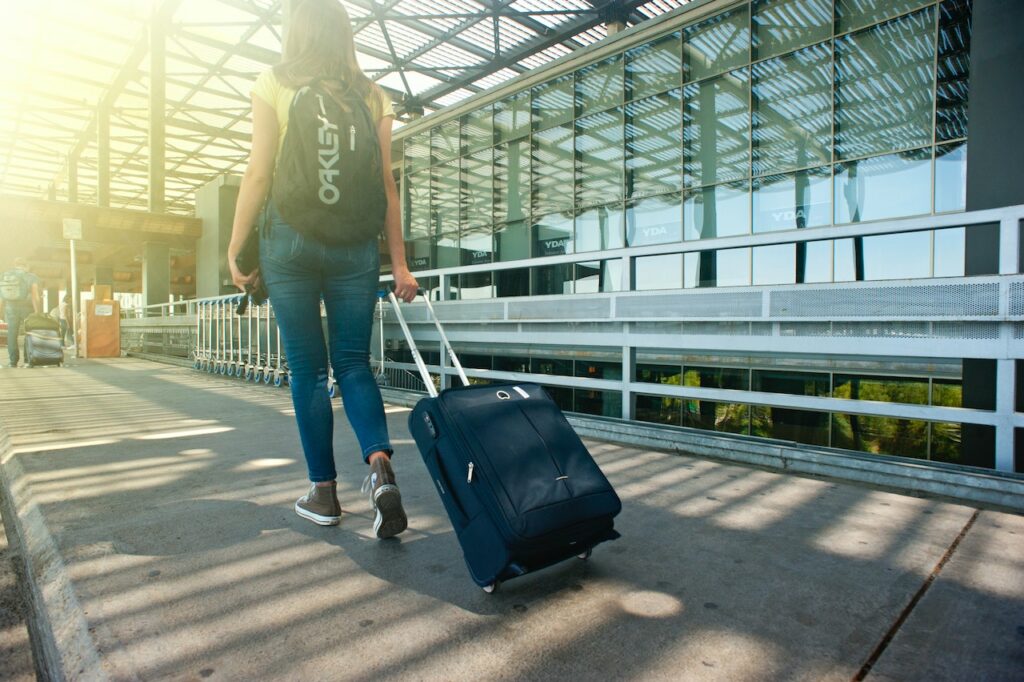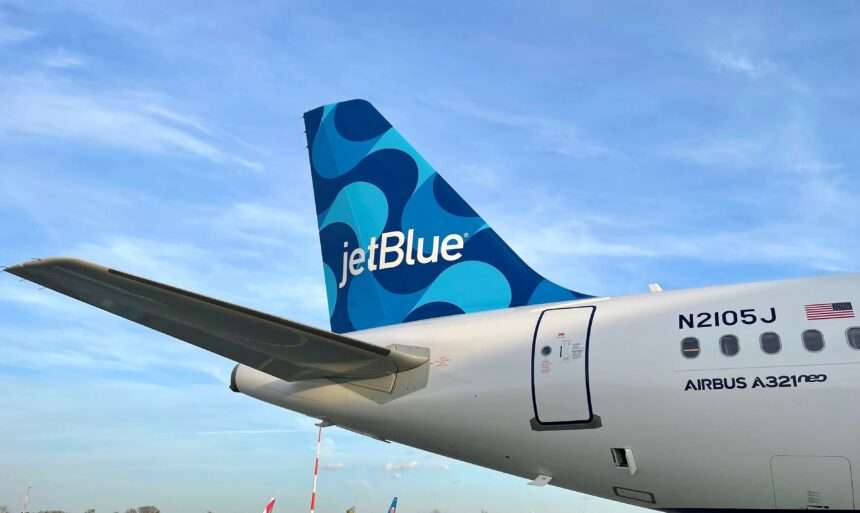Young people aged 18 to 34 years old are leading aviation’s revival compared to other age groups according to a new consumer trends report from the UK Civil Aviation Authority.
The UK Civil Aviation Authority’s (CAA) latest consumer trends report paints a fascinating picture of air travel resurgence, with young flyers aged 18-34 leading the charge.
Younger Flyers Take to Skies
Nearly two-thirds (65%) of this demographic took to the skies in 2023, compared to just 47% of those aged 55 and over. This marks a notable rebound from pre-pandemic levels, when older flyers dominated the skies at 58%.
The annual Aviation Consumer Survey, which informs the CAA’s consumer-centric regulatory approach, delves deeper into these trends.
Notably, a growing appetite for frequent flying emerges. Of those who flew in 2023, an impressive 70% took multiple trips, up from 65% in October 2022 and significantly higher than the 49% recorded in November 2020.
Rise in Environmental Awareness
While environmental concerns haven’t deterred travel for most (only 7% non-flyers cited it as a reason), they have undoubtedly captured public attention.
Compared to five years ago, the share of passengers worried about the environmental impact of flights has surged from 44% to a significant 76%.
[monsterinsights_popular_posts_inline]

However, passenger satisfaction with their flying experiences paints a contrasting picture. Since the survey’s inception in 2016, overall satisfaction has steadily declined, currently sitting at 79%.
This drop is particularly pronounced among older flyers (down from 86% to 78% in 2019-2023) and passengers with disabilities (down from 82% to 74% in the same period).
The Importance of Digital Accessibility
Interestingly, this dip in satisfaction aligns with passengers’ digital confidence. Those comfortable using electronic devices remained a consistent 80% satisfied in 2023, while less digitally confident flyers saw their satisfaction fall from 71% to 66%.
This highlights the need for increased digital accessibility across the aviation sector, as airlines and airports increasingly rely on online platforms for passenger engagement.

“The rise in air travel among younger generations and the return to frequent flying are positive signs for the industry’s recovery,” comments Anna Bowles, Head of Consumer at the CAA.
“However, the decline in overall satisfaction underscores the need for airlines to better understand and meet passenger expectations.”
Bowles further emphasizes the importance of inclusivity, stating, “The survey reveals a gap in travel confidence among older passengers and those with disabilities.”
“In the face of digital advancements, it’s crucial that no passenger is left behind by the evolving aviation landscape.”
CAA Survey Conclusion
The UK CAA Aviation Consumer Survey serves as a valuable reminder to the industry that passenger experience and accessibility must remain top priorities.
By addressing passengers’ concerns and ensuring all demographics feel welcome and supported, the aviation sector can solidify its post-pandemic recovery and embrace a future of inclusive and sustainable travel.
“The findings of the Aviation Consumer Survey are a timely reminder to industry that accessibility must remain a priority across the board, and that we will continue to hold airlines and airports to account to protect consumers,” concludes Anna Bowles.

Click the banner to subscribe to our weekly newsleter.

Click the photo to join our WhatsApp channel so then you can stay up to date with everything going on in the aviation industry!









